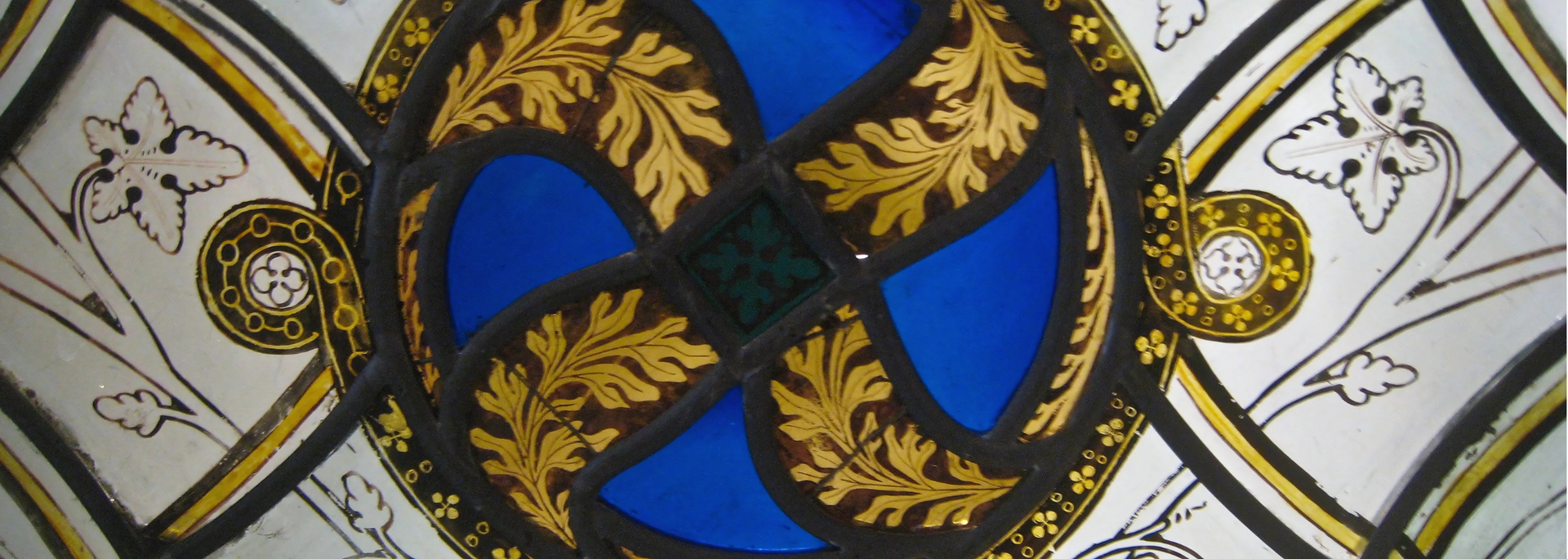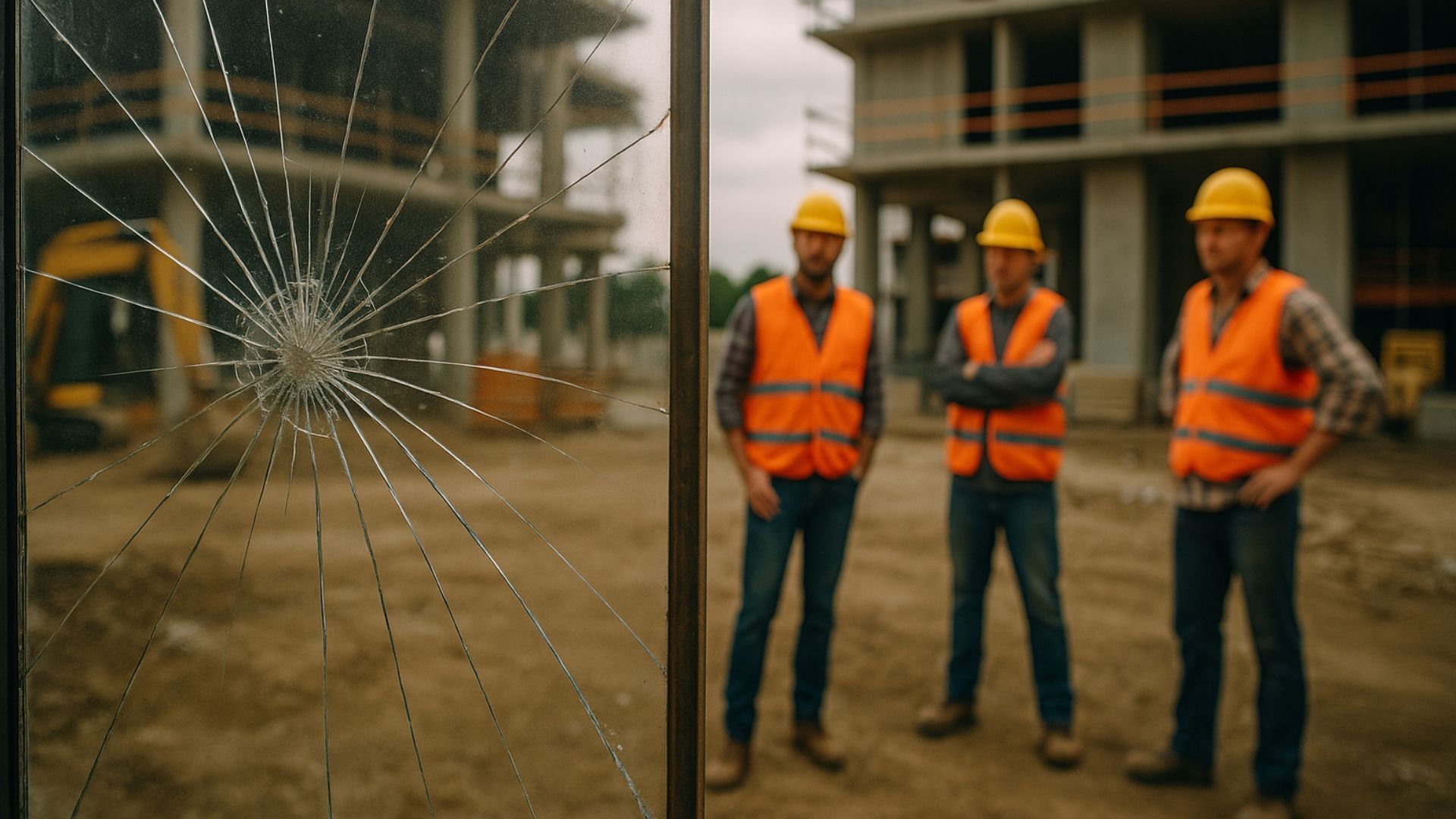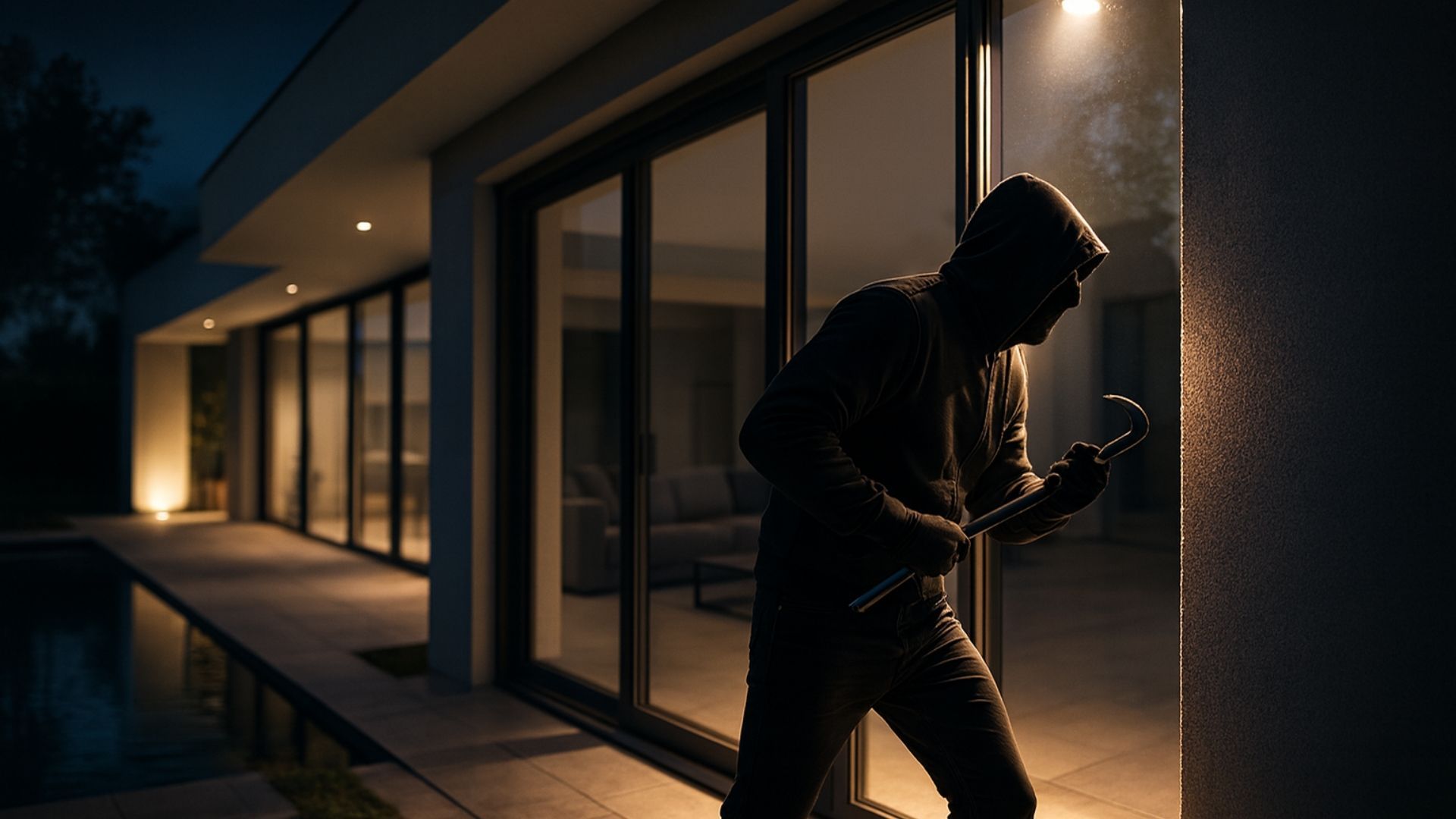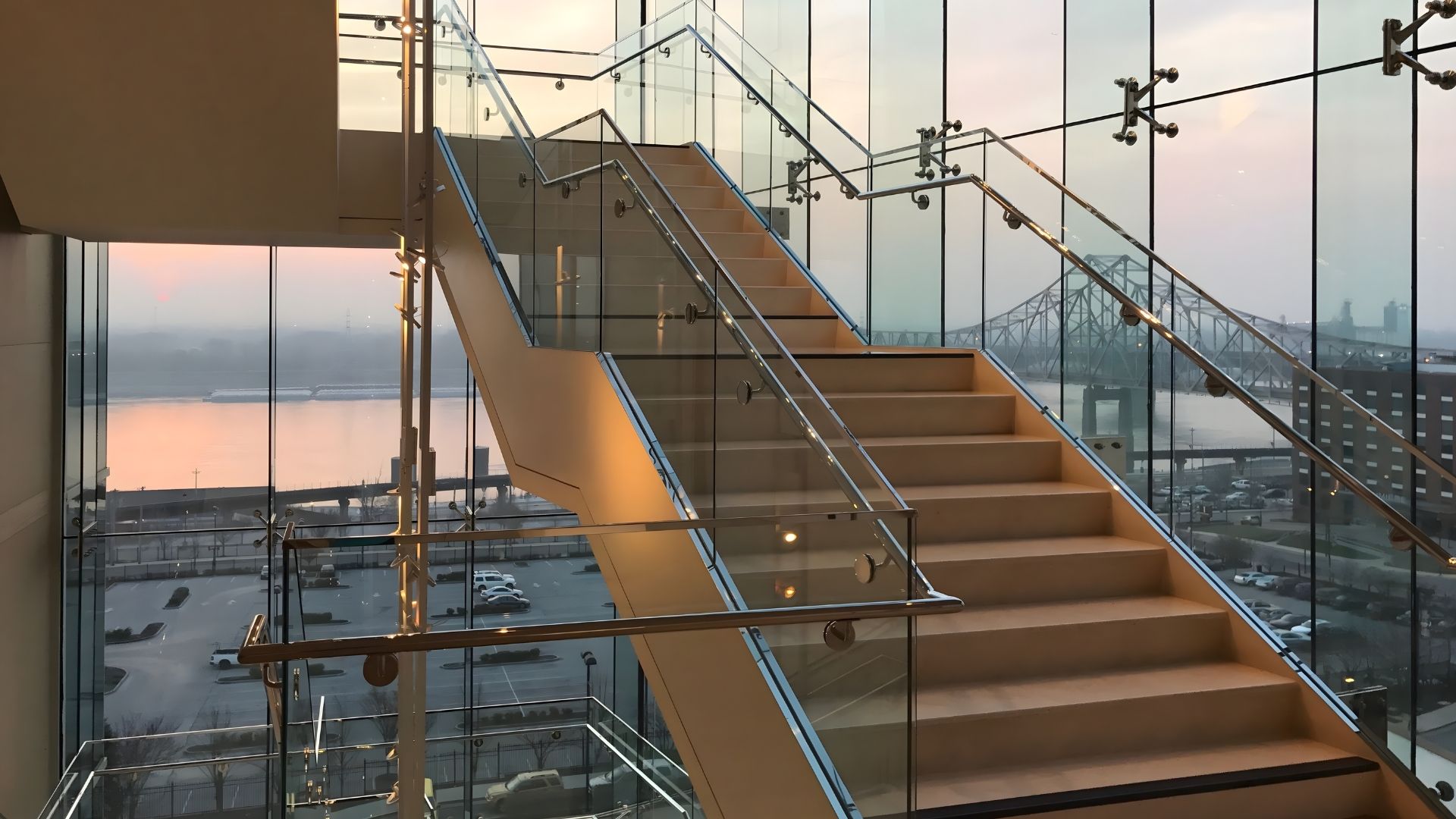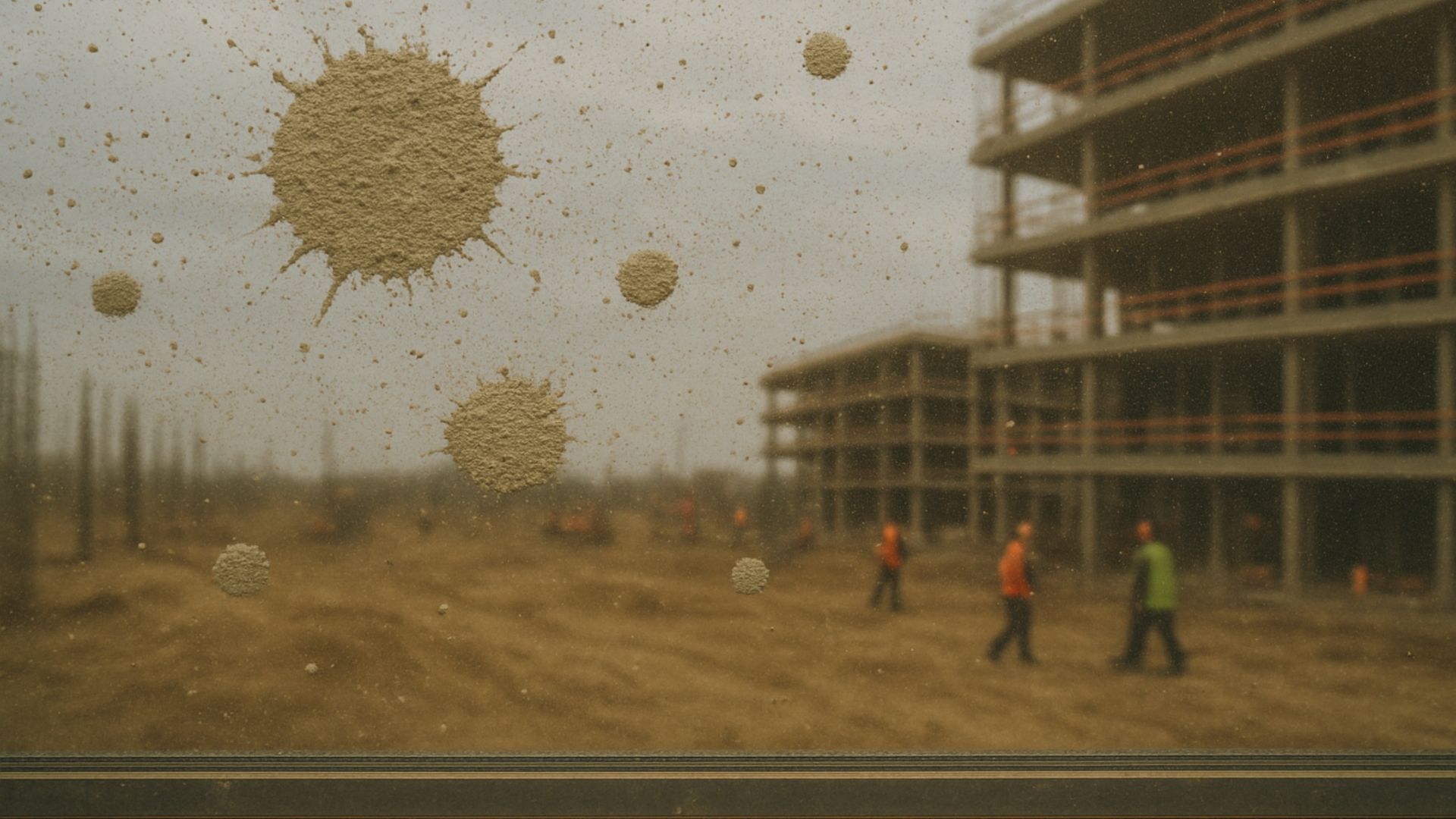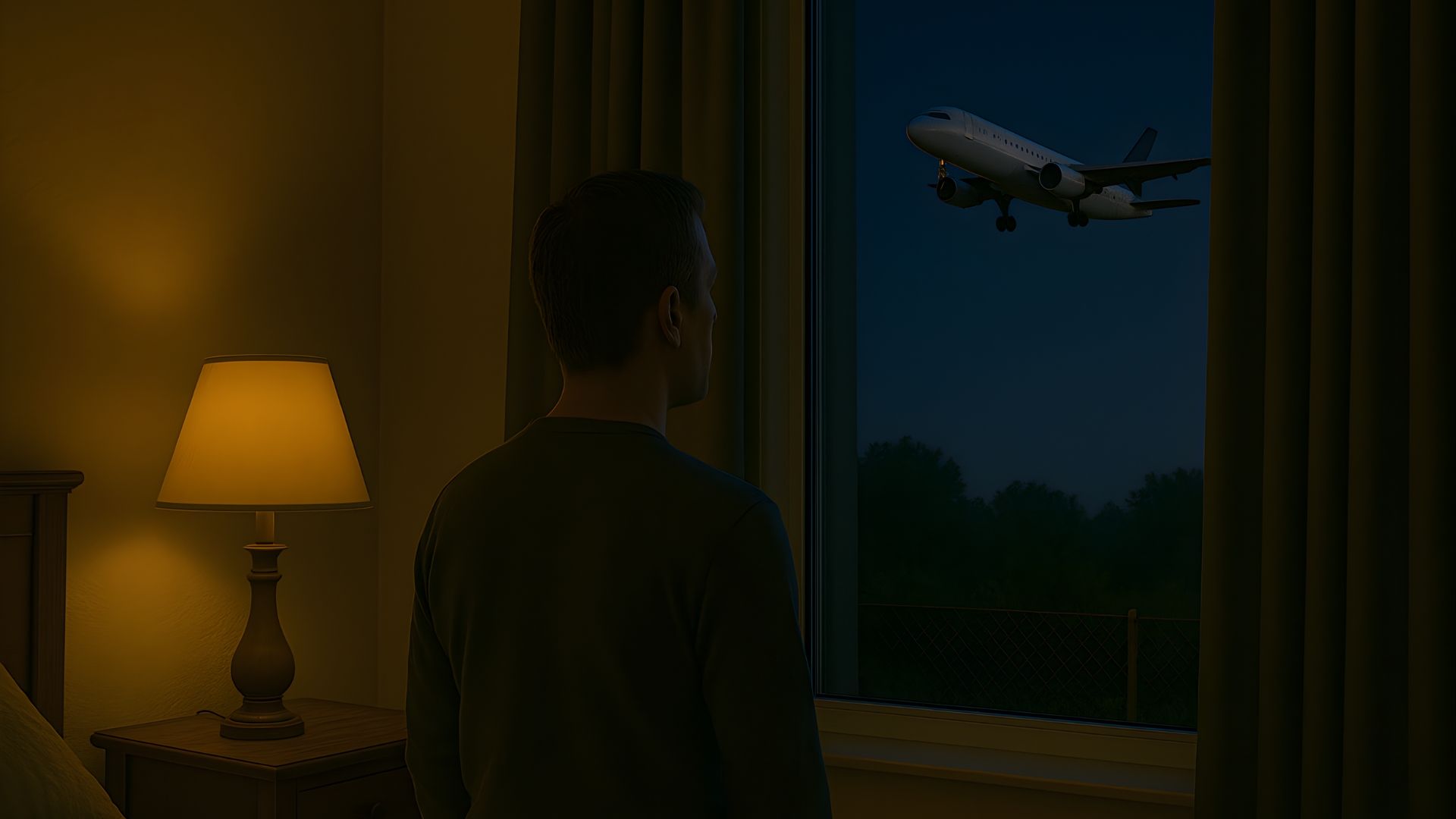Stained glass in modern architecture: a medieval mainstay reborn
Share this blog:
Discover the lasting appeal of stained glass and learn how to achieve similar effects in modern buildings.
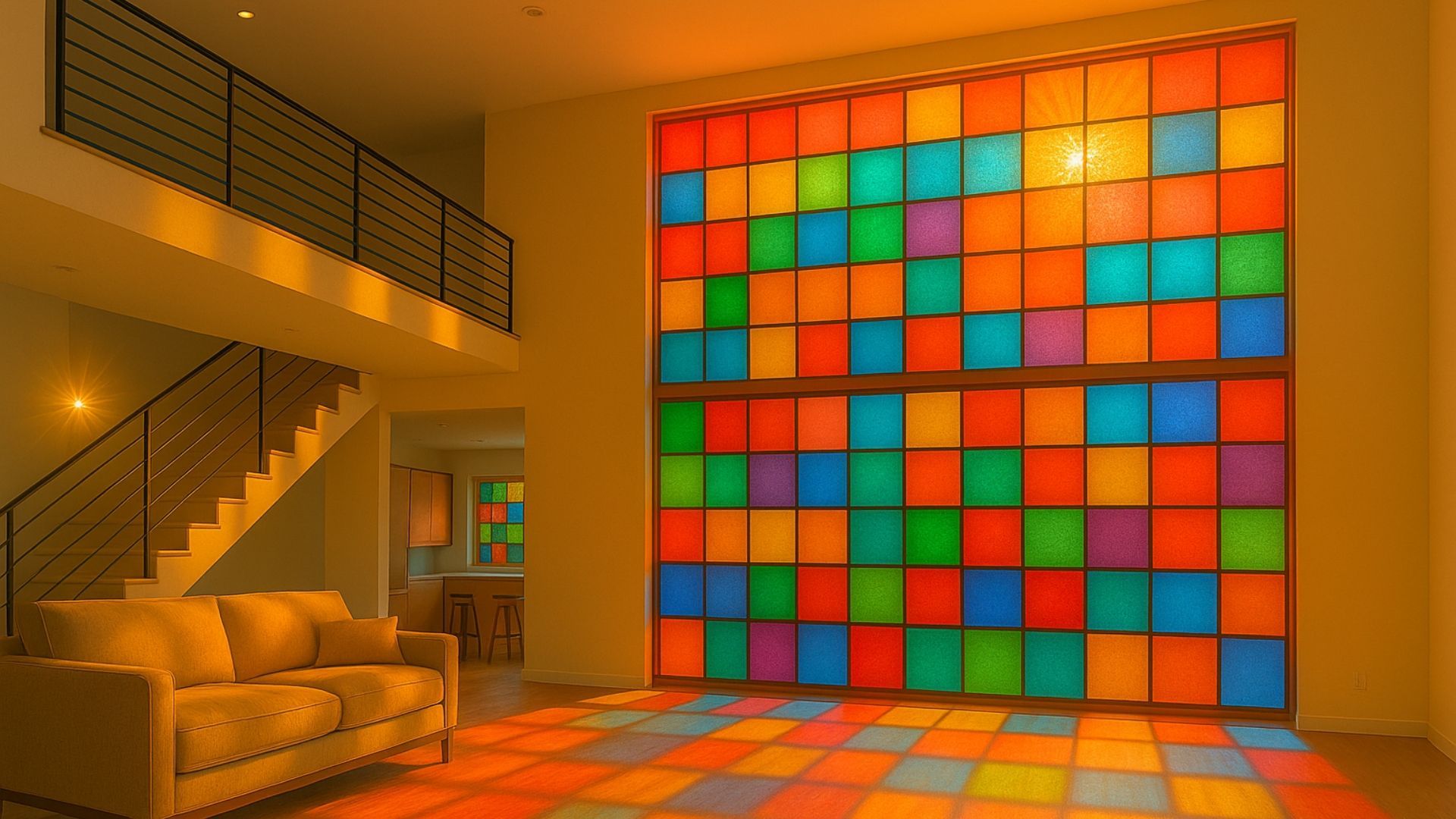
Some say stained glass is making a comeback in modern architecture – but did it ever really leave?
Across the world and throughout the centuries, architects have harnessed the power of coloured glass to tell compelling stories and elevate spaces from impressive to ethereal. It brings reverence to places of worship, majesty to royal palaces, and harmony between the natural world and the designed.
Today, stained glass is utilised for the same purposes, employing mostly the same techniques that have been in use since as early as 2750 BC.
In the Middle Ages, illiterate believers learned religious teachings through the pictures. Later, Gothic artists would balance dark lead fixings with brightly coloured fragments to create bold and emotive artworks – many of which are still standing.
Places like the Sagrada Familia cathedral in Barcelona show us how easily stained glass can flex through the different intentions of the designer.
Through the symbolic rose window, Joan Vila Grau captures the very essence of the Resurrection, showing how life and light vanquish death and darkness through the careful arrangement of colours. In the inner hall, vast stone pillars, enrobed by stained glass windows, evoke real trees, dappled with sunlight at different times of the day. All this helps achieve Gaudi's dream that the church resemble a forest.
It's easy to see why the curious, almost whimsical appeal of stained glass is charming the contemporary designer again.
What exactly is stained glass?
The term can refer to both the product and the artworks created from it.
There are actually three methods entwined under the name: pot metal glass, flashed glass and embellished glass. Each technique results in sheet glass fragments, which are then arranged and joined with strips of lead (called "cames"). The results can range from stunning windows to smaller functional items such as cups and vases.
The method that should be used depends on what the glass is used for. Many creations will use more than one.
How is traditional stained glass made?
Typical glass-making requires ash and silica (sand, essentially), which are heated together at high temperatures.
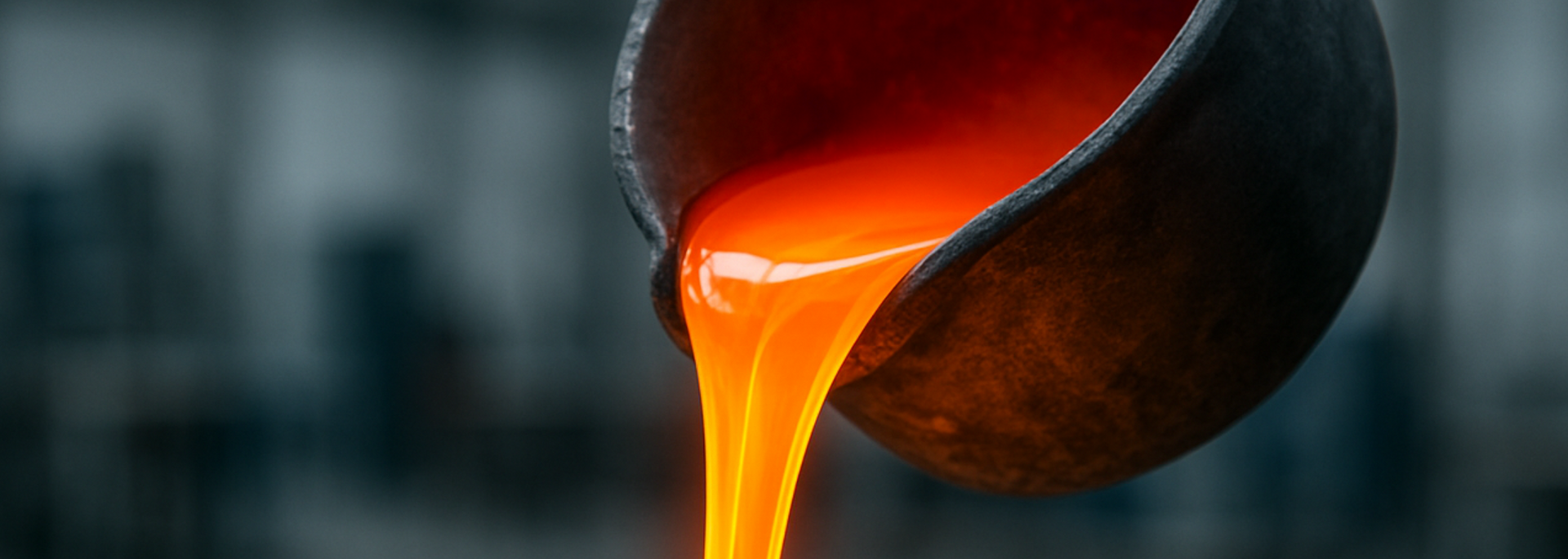
To make stained glass, metallic oxides are added to the raw glass materials in a crucible (or "pot") to embellish the "white" glass with colour. The result of this staining technique is a sheet with even colouring throughout, known as "pot metal glass".
It's a highly effective method which has remained mostly unchanged throughout the centuries – but it does have some limitations.
To be robust, most windows have to be a minimum of 3mm thick. At this thickness, the colour red requires such a high concentration to penetrate the glass that the result transmits very little light. Against the other brightly coloured sections, the red shards would appear excessively dark – almost black. That's not ideal when it comes to beautiful feats of artistry in palaces and religious buildings.
And so, laminating colours over the regular glass became the solution. Clear or lightly tinted glass is dipped into molten red glass and then blown into a sheet. This is known as "flashed glass" because it tends to result in a more streaky colouring, often resembling brush strokes.
While developed as a solution for red stained glass, the double-layering also lends itself to refinement techniques, such as engraving and abrasion. With these techniques, the top layer is scratched or scuffed to reveal the colour beneath.
The final technique involved in making stained glass is simply painting on top of the glass – sometimes firing it again to set the results. This method is used both instead of and alongside the other processes of ingraining colour into the glass.
Generally, artists would paint on the glass to simply enhance or refine the features from the staining. However, several full-blown (pun intended) movements have developed from the practice of painting glass. These include silver staining and Grisaille art.
Silver staining
Silver staining was a popular painting technique in the Middle Ages, used to create better yellow tones. The method uses silver compounds (notably silver nitrate) to produce yellows, oranges and browns – or green – on blue-base glass.
Silver staining is often used in conjunction with other colouring methods. It works particularly well in contrast to black linear painting (or "Grisaille").
Grisaille art
